
First came a burning pain in his chest, then pressure, and finally a numbness in his arms. Marco Monge didn’t quite understand what was happening with his body. “I said, ‘this is not normal. It isn’t a common pain,’” he recalled.
He had been surfing early, his morning routine at Tamarindo Beach, where he has lived for six years. “Could it be that I’m having a heart attack?” he wondered, but immediately thought it would be very strange. He was 36 years old, was healthy and had always been very active.
When his sister-in-law helped him, they called a private doctor who took him to his office. The diagnosis: Marco had suffered a heart attack and his condition was not stable at all. An ambulance took him to the emergency room at La Anexión Hospital, another took him to the Nicoya airfield with a police escort, and from there, a small plane flew him to Hospital México. They admitted him to the operating room.
A clot had blocked an artery in his heart and doctors had to place a stent (a prosthesis) to allow blood to flow. His recovery would not be easy at all.
Until now, those in Guanacaste who suffer from heart disease and need rehabilitation have had to travel to medical centers in San José. In therapy, they are monitored and do exercises to resume their daily activities, such as walking, shopping, working and even exercising.
Most can’t afford to go to San José due to distance, time and money. Marco made the effort to go. What made it easier for him is that his parents live in the center of the country.
But for other patients like him, the story is about to change. La Anexión Hospital inaugurated a cardiac rehabilitation pilot project, the first one outside of the Greater Metropolitan Area.
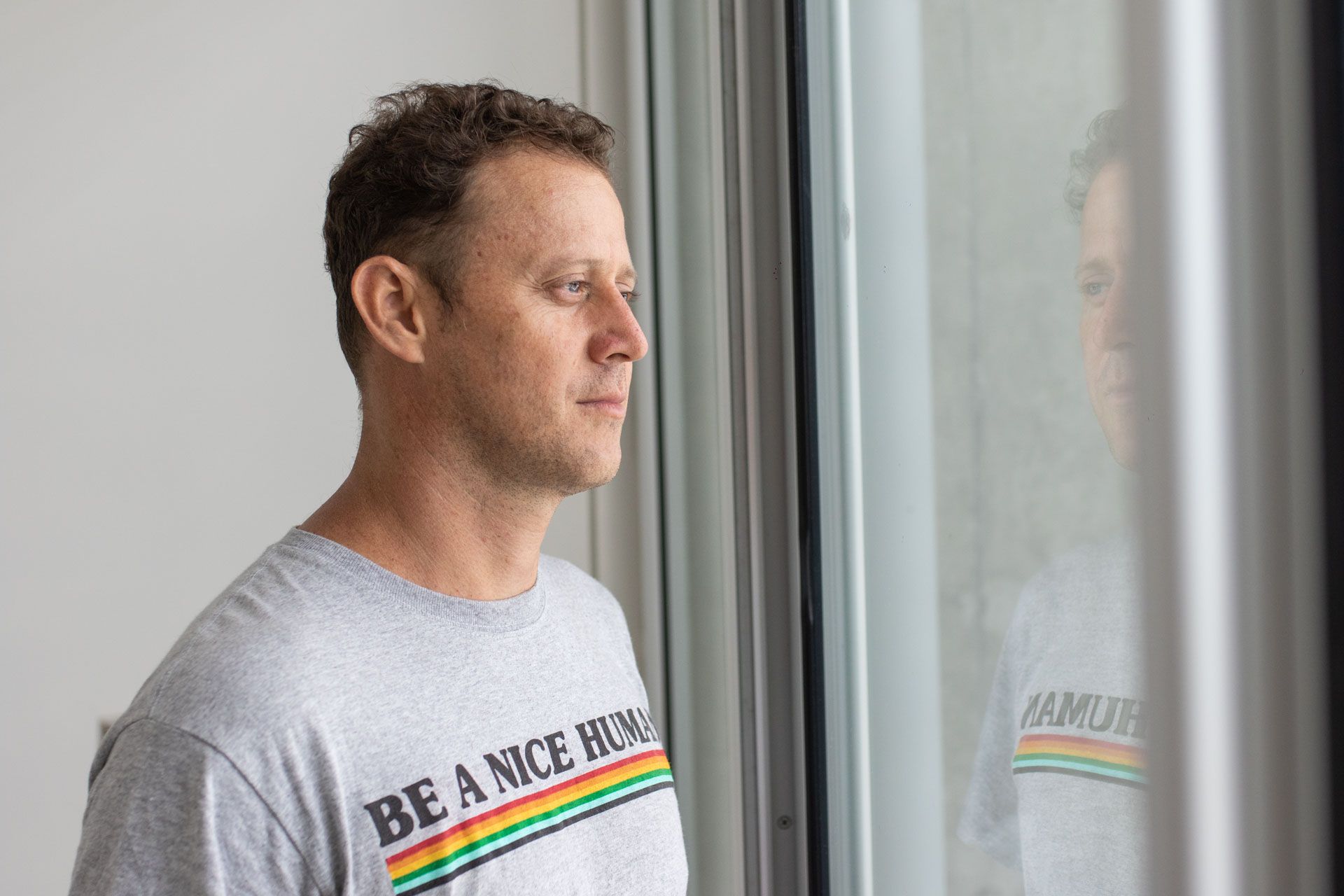
Marco Monge had his first heart attack when he was 36 years old. It seemed so strange to him. He was young and very active. Then he found out that he had a condition that caused his blood to clot. Despite the effort it took to go to cardiac rehabilitation in San José, he thought he had no other choice. He wanted to learn to live again. Now, patients like him will have the opportunity to get therapy without traveling to the capital.Photo: César Arroyo Castro
It was a need identified by the hospital’s former cardiologist, Kenneth Steele, as soon as he began working in Nicoya in 2021. He found a higher incidence of patients with heart disease than he expected.
There are a large number of people between the ages of 40 and 60 who have very severe heart disease or have had multiple heart attacks,” the doctor specified. As he sees it, changes in habits are aggravating people’s health.
“Every week, the hospital sees at least three or four new people with heart attacks or some heart problem in the emergency room or needing hospitalization,” he said. In addition to this, there are about 50 new patient files a week just for cardiology.
Now the hospital aims to improve the quality of life for patients with this rehabilitation, which has broad international scientific support.
Physiologist and coordinator of the Cardiovascular Rehabilitation Center of the National University (UNA), Felipe Araya, compiled studies published on this therapy in Costa Rica between 2001 and 2021. He found that the publications report patient improvements in aspects such as cholesterol levels, body fat percentage, flexibility, functional ability and even stress and mood levels.
An Unusual Patient
Most heart complications are associated with obesity, high cholesterol and blood pressure, diabetes, drug addiction and smoking. All of these factors clog the vessels that carry blood to the heart, causing a heart attack, Steele explained.
Other diseases have to do with weak hearts and with the valves, which are “the passageway doors inside the heart.” “There comes a point where they don’t open or close, so you have to change them,” said the doctor.
After the heart attack, Marco learned that he has a condition called thrombophilia, which causes the consistency of his blood to increase the likelihood that the blood vessels can get clots.
Rehabilitation is not a mandatory process. It is recommended mainly to patients with complicated side effects. When therapy was suggested to Marco, he thought that it couldn’t be optional for him.
You should understand that if you don’t do it, you won’t know how to measure yourself to start your life again, to have a normal life,” he remembered what they told him at the hospital.
During therapy sessions, the patient’s heart rate, blood pressure and glucose are monitored. They are instructed on flexibility and aerobic exercises on bikes, elliptical machines and treadmills. They also have sessions with weights to increase muscle mass, which helps them perform activities with more stability and even prevent fractures from falls.
“People see it as similar to a gym, but it’s not a gym as such, although it does have training equipment,” explained cardiologist Kenneth Steele. “It’s not as simple as sending them to do exercises by themselves. First, we make sure it’s safe, that no complications are going to happen. And also we give people that feeling of tranquility, that they are accompanied by someone,” he added.
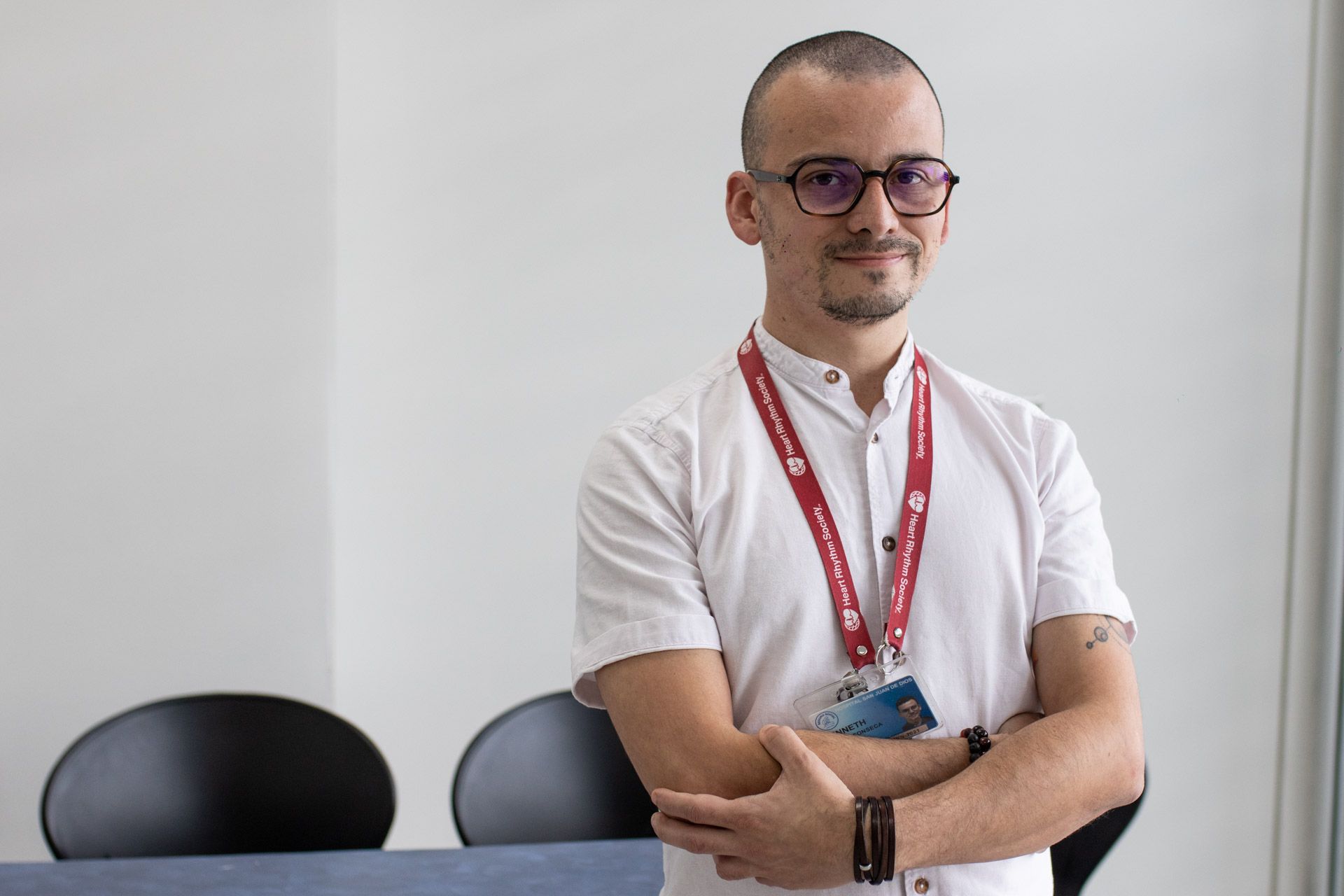
When cardiologist Kenneth Steele came to Guanacaste, he was surprised by the high incidence of heart disease. “I’ve seen a larger number [of patients] than I expected.” He thought that he should take action on the matter and began knocking on doors to open the first cardiac rehabilitation clinic outside of the Greater Metropolitan Area.Photo: César Arroyo Castro
During rehabilitation, he was surrounded by older people. He knew that at those ages, people lose a lot of mobility, but he noticed greater difficulties than he usually sees among the elderly in Guanacaste in tasks such as bending down.
“The 60-year-olds in San José were pretty limited to doing some exercises because of their agility,” he recalled. “The motor was very, very deficient, and for me, it was very simple because of my age, but I have also seen men from here who live for many years and are very healthy [with better mobility].”
As the six months progressed, Marco noticed enormous improvements in his health and in the health of the other male and female patients. “They were totally changed men. They walked much better and they already had the discipline to get up and do their daily exercises. You could see an improvement in them, totally different from when I saw them the first few times,” he recounted.
Dr. Kenneth Steele said that, in his experience, it’s more common to see people over the age of 40 with heart complications in the Greater Metropolitan Area. And he believes that Guanacaste is undergoing a transition that is causing the province’s population now to repeat that pattern. Much of it is due to changes in diet and physical activity, he said.
“One sees the change very, very clearly. Their parents or grandparents walked, rode a bicycle and the diet was very healthy, and that has allowed them to reach 90 years of age. Now the grandparents are very well and the children or grandchildren are the ones who are very sick,” he noted.
A New Chapter
To open the clinic at Nicoya’s hospital, Dr. Kenneth Steele knocked on doors. He presented the project and asked for funds from companies and local governments of cantons whose population is served by La Anexión and he found help from only one: the Municipality of Nicoya.
The local government donated the equipment, valued at 12 million colones (about $22,000 USD). That includes a machine to monitor heart signals, three stationary bikes, a treadmill, an elliptical machine and two pulse oximeters, as well as sheets of rubber flooring and dumbbells and resistance bands.
The mayor of Nicoya, Carlos Armando Martínez, told The Voice that donating equipment to the hospital is an annual commitment that he assumed in his government plan and that the funds come from collecting property and real estate taxes that citizens pay.
The hospital set up a space on the third floor to make it suitable for the clinic, and also sent part of the staff to receive training at San Vicente de Paul Hospital in Heredia, which Steele considers one of the ones with the most experience and the best services.
General practitioner Sonia Palma, one of the staff who visited the unit to learn the processes, was surprised that the cardiac rehabilitation clinic can even help relieve the congestion on emergency services. Since they are taught to identify the warning signs to seek help, they go directly to the cardiac rehabilitation unit to be evaluated by the staff who know their situation.
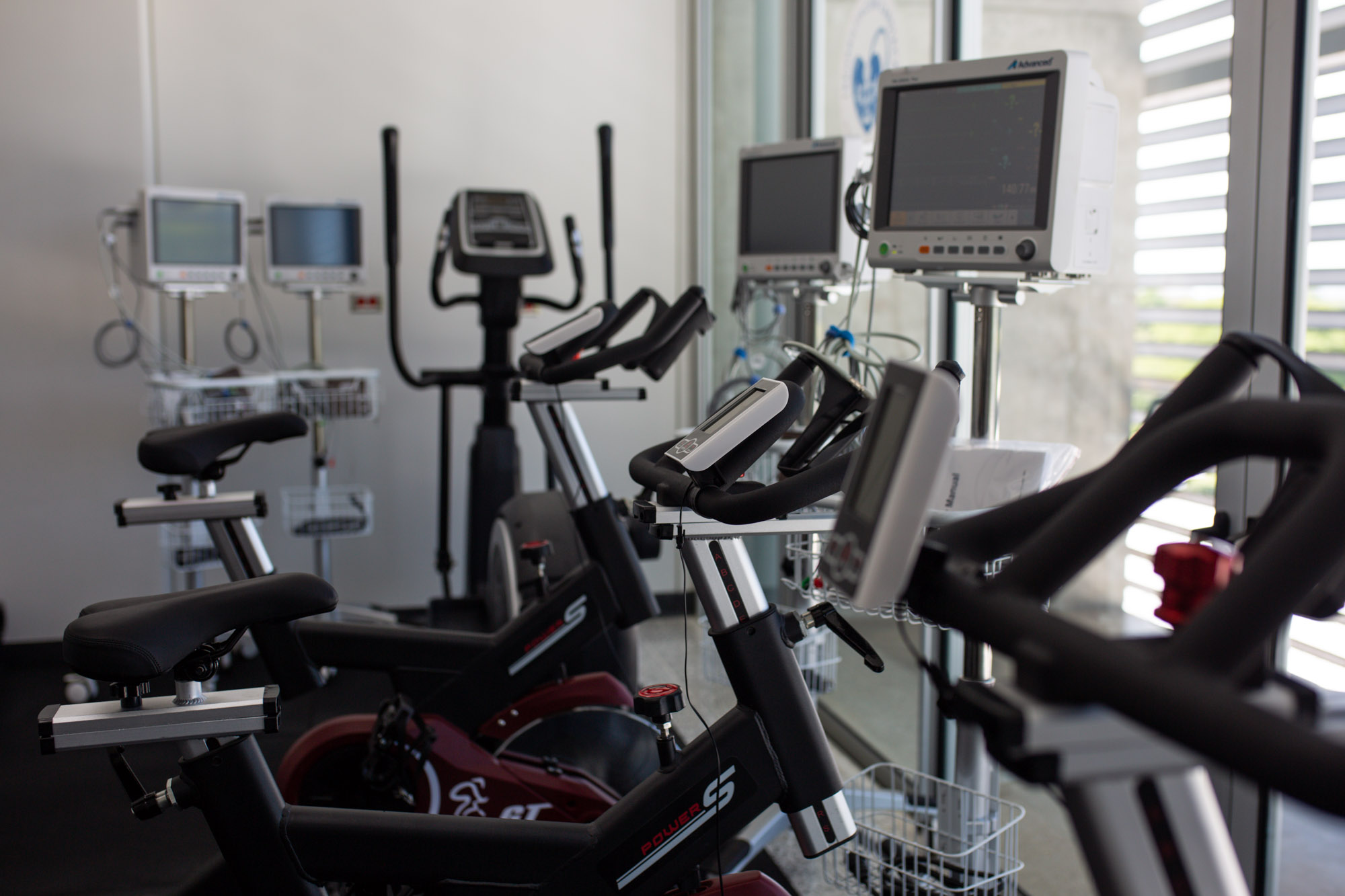
The clinic has cardiac monitoring equipment and machines to optimize mobility and strength.Photo: César Arroyo Castro
“They review what they arrived with and make a very complete referral to emergency services so that they can address the issue if it merits it, or they resolve the patient’s issue with medication to make them feel better and sometimes they don’t even send them to the emergency room,” she explained.
According to what Palma learned, it is up to general practitioners to prescribe exercise according to the degree of functionality of the person who suffered from the event.
You can see clearly how cardiac rehabilitation has helped them in the faces of the patients and in the experiences that each one tells. Everyone has something positive to say and that fills me up so much,” she said, excited about what they are about to start in Nicoya.
The medical center will start the pilot plan with two groups of five people, one of which is exclusively for the elderly. The other group of younger people will also include Marco, who had another heart attack at the end of August in 2022.
“I was so happy [to know that they would set up the clinic in La Anexión], because many people feel that when they have a heart attack, their lives are over, but it’s not like that. This even helps you psychologically,” he said.
“I didn’t make many mistakes in my recovery after the heart attack. And I didn’t make them because I had this rehabilitation. If I hadn’t had it, I probably would have gone out running because I felt fine, but that’s not how it was,” he said.


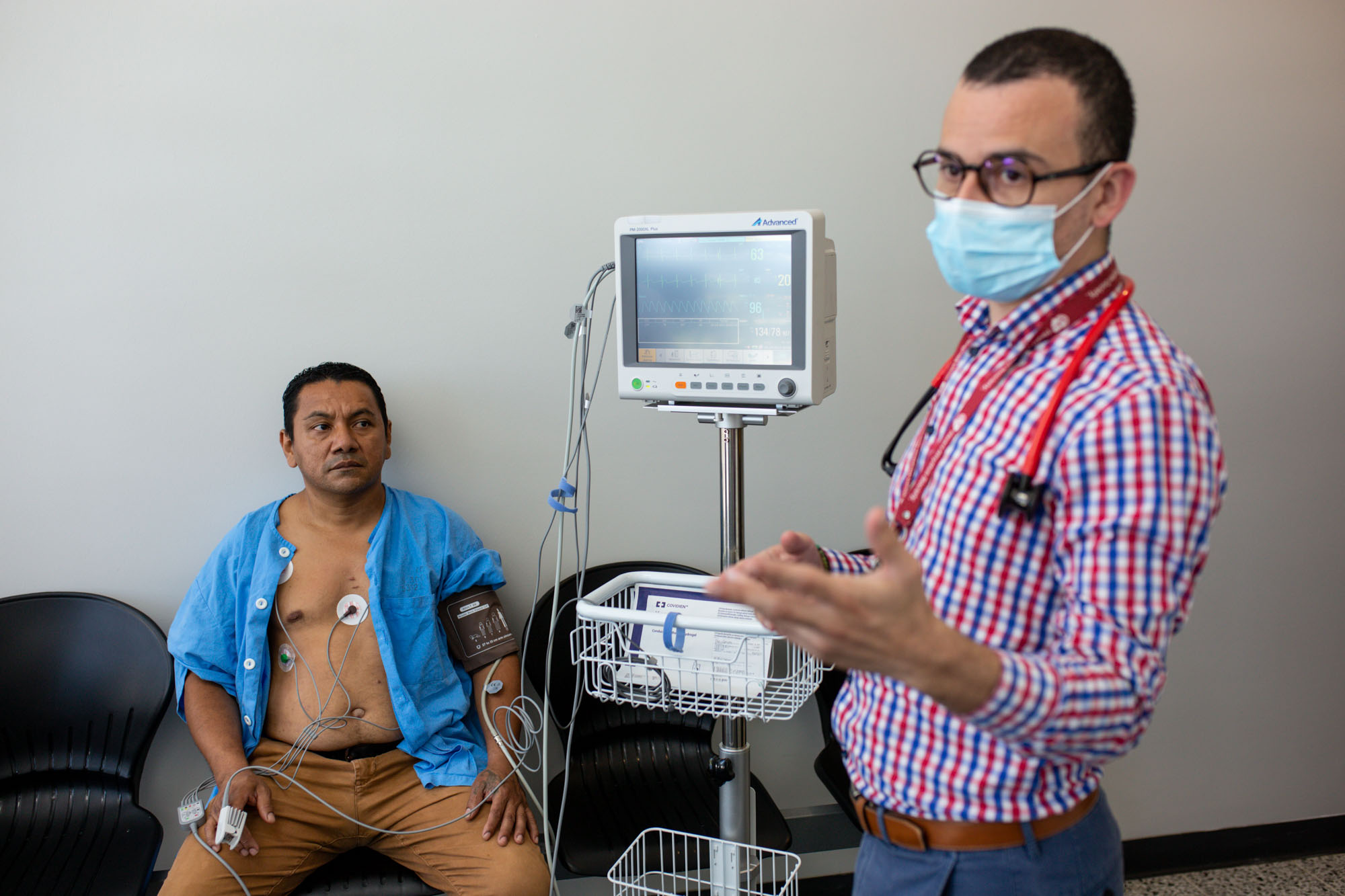
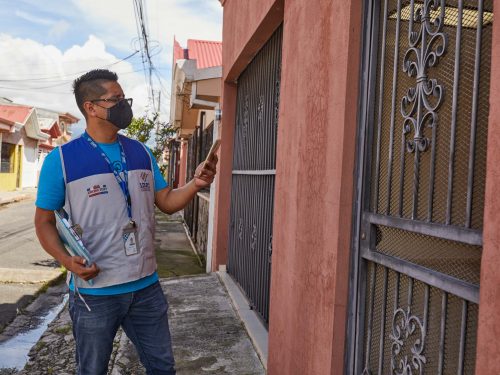
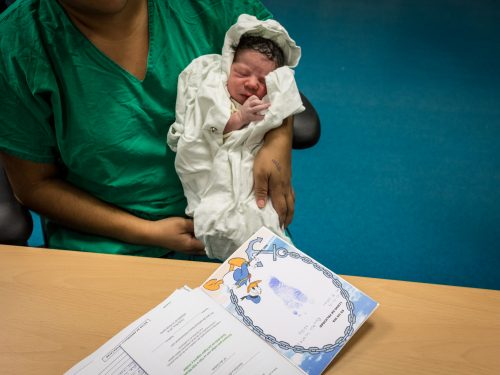
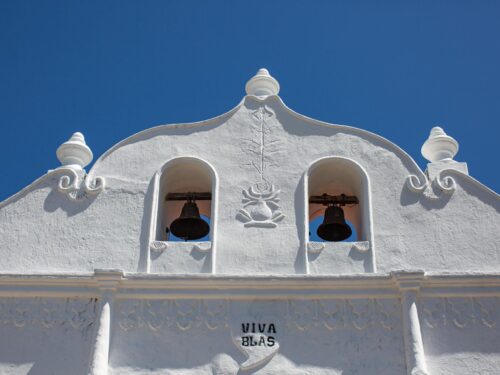

Comments